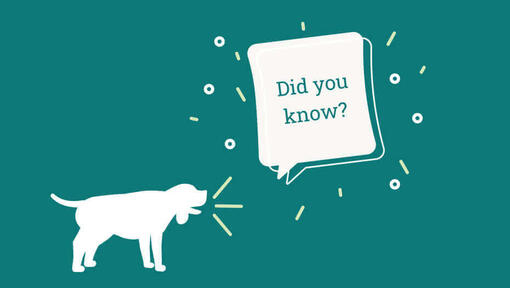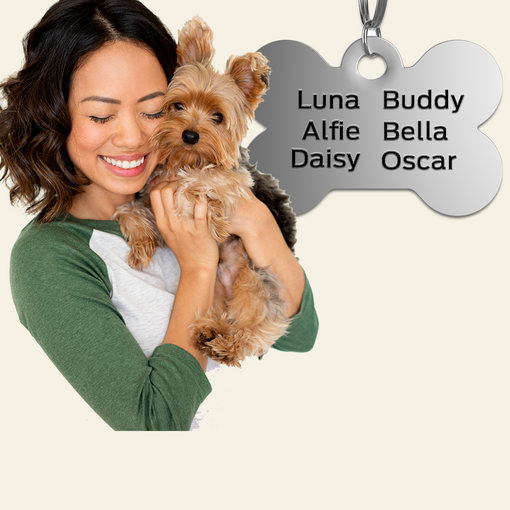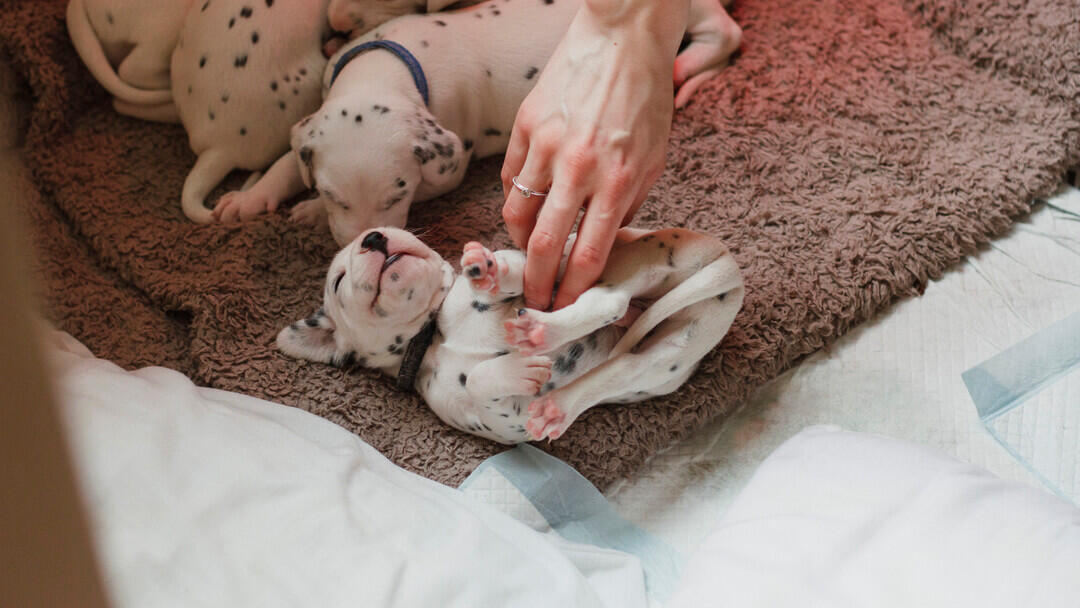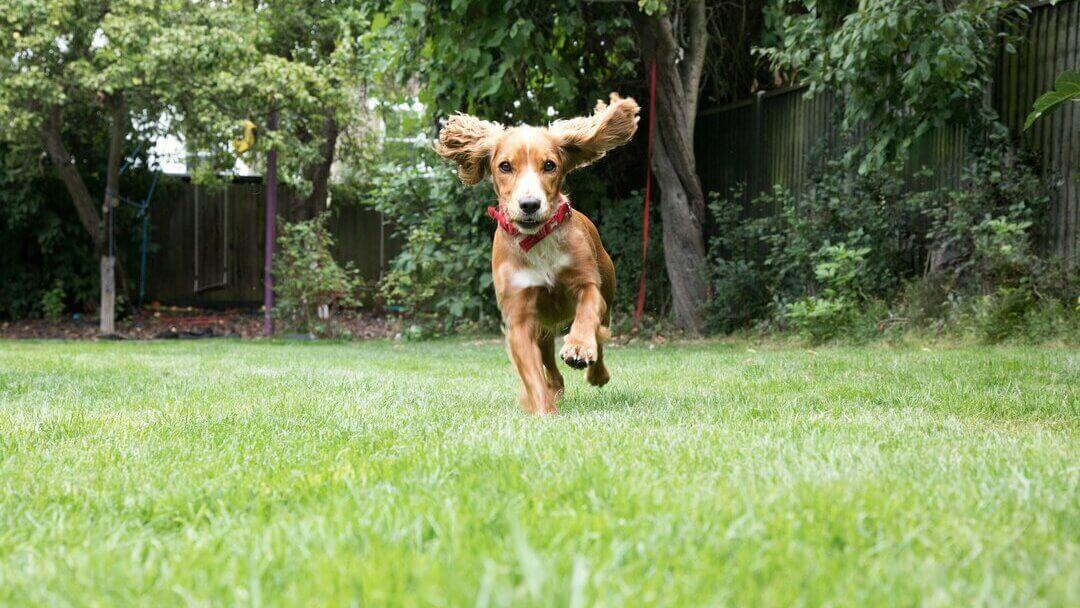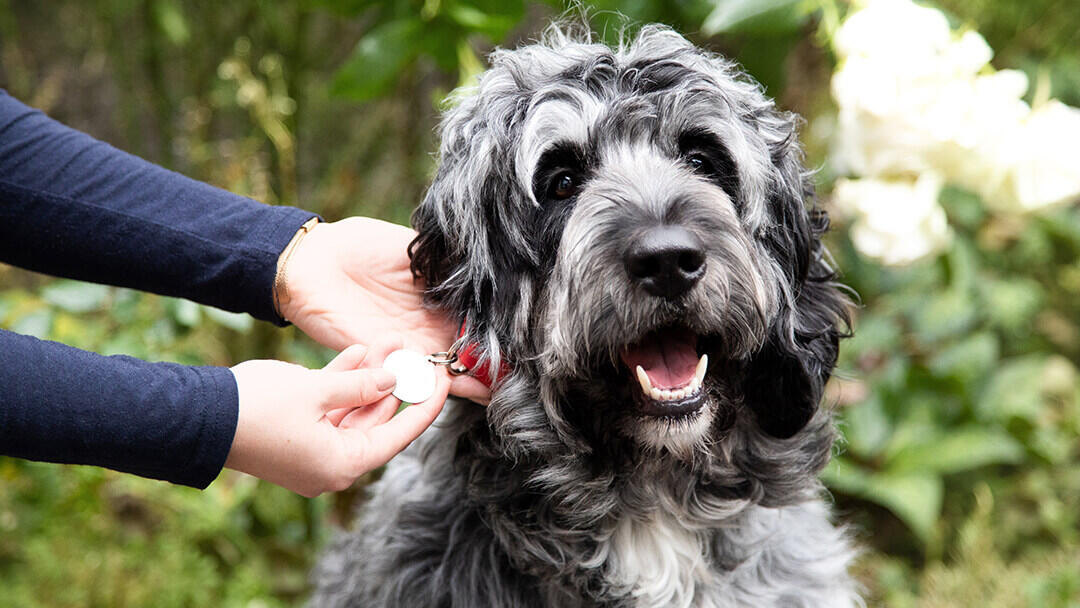
It is generally agreed that Sir Edward Lavarack was the most instrumental in establishing the English Setter as a distinct and recognised breed.
The English Setters original function was ‘setting’, crouching to indicate where birds were hidden, then either remaining in position whilst nets were thrown, or being asked to move on push birds into the air to meet the hunters hawks (later guns, as falconry fell out of favour).





